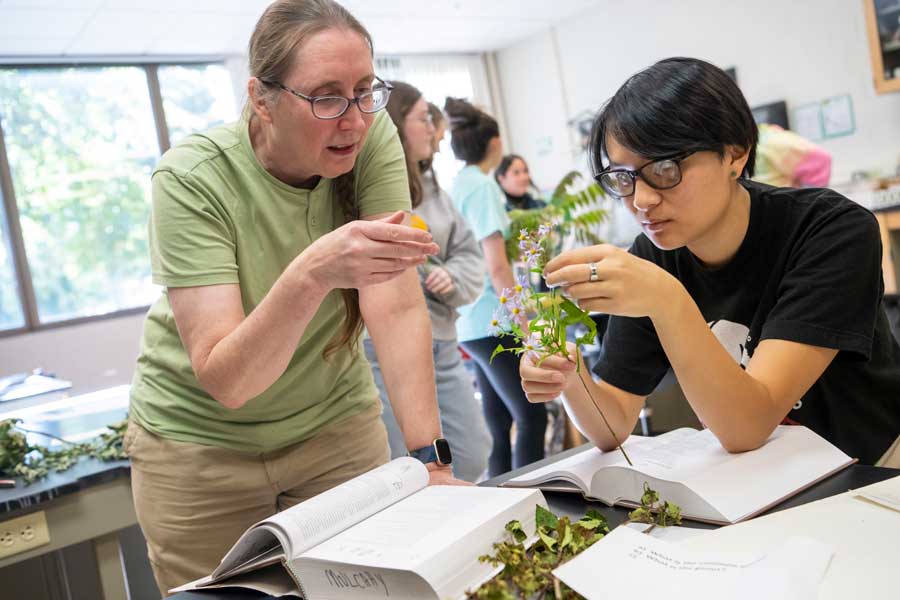
For the second year in a row, the University of Pittsburgh at Bradford has been named one of the nation's most environmentally responsible colleges, according to The Princeton Review®.
The education services company features Pitt-Bradford in its online resource, The Princeton Review Guide to Green Colleges: 2024 Edition, published earlier this week.
The Princeton Review chose the schools in the guide based on its survey of college administrators during the 2022-23 academic year and analyzed more than 25 survey data points to select the 522 schools chosen for the guide.
“Being environmentally responsible is so important to us at Pitt-Bradford,” said Rick Esch, Pitt-Bradford’s president, “that it continues to be a part of our strategic plan as one of our major goals. In the last year, we’ve made substantial progress with the opening of the new George B. Duke Engineering and Information Technologies Building, launching a new energy engineering technology major, installing more electric vehicle charging stations and planning for a community garden.”
The school profiles in The Princeton Review Guide to Green Colleges report on the colleges’ uses of renewable energy, their recycling and conservation programs, the availability of environmental studies in their academic offerings, and their career guidance for green jobs.
In its profile on Pitt-Bradford, The Princeton Review cites the university’s sustainability committee, percentage of food budget spend on local and organic food (51%), transit passes, and indoor and secure storage for bicycles.
Part of Pitt-Bradford’s 491-acre campus is a wooded hillside used for hiking, mountain biking and student laboratories and research for students in its environmental science, environmental studies and biology programs.
Pitt-Bradford’s academic programs also focus on energy efficiency with a new program in energy engineering technology, which is housed in the Duke Building, which opened in January. The new building is also home to a program in energy science and technology and is being built to the U.S. Building Council’s Leadership in Energy and Environmental Design silver-level certification standard. Once certified, the Duke Building will join Livingston Alexander House as the second LEED-certified building on campus and the third in McKean County.
As part of meeting LEED standards, the university installed a new solar array atop the Duke Building that is the largest rooftop solar array in the University of Pittsburgh system, which includes four other campuses.
The Princeton Review has published its Guide to Green Colleges annually since 2010. Pitt-Bradford has also appeared on the list in 2023 and 2016. Earlier this year, Pitt-Bradford was named to The Princeton Review’s Best Regional Colleges for the 20th consecutive year.
--30--